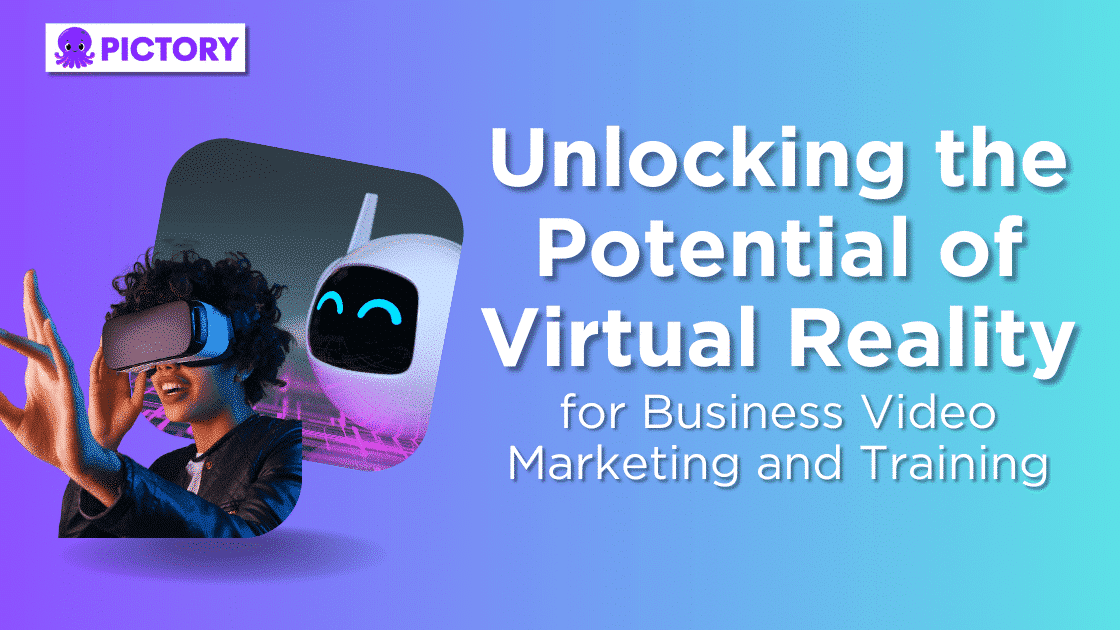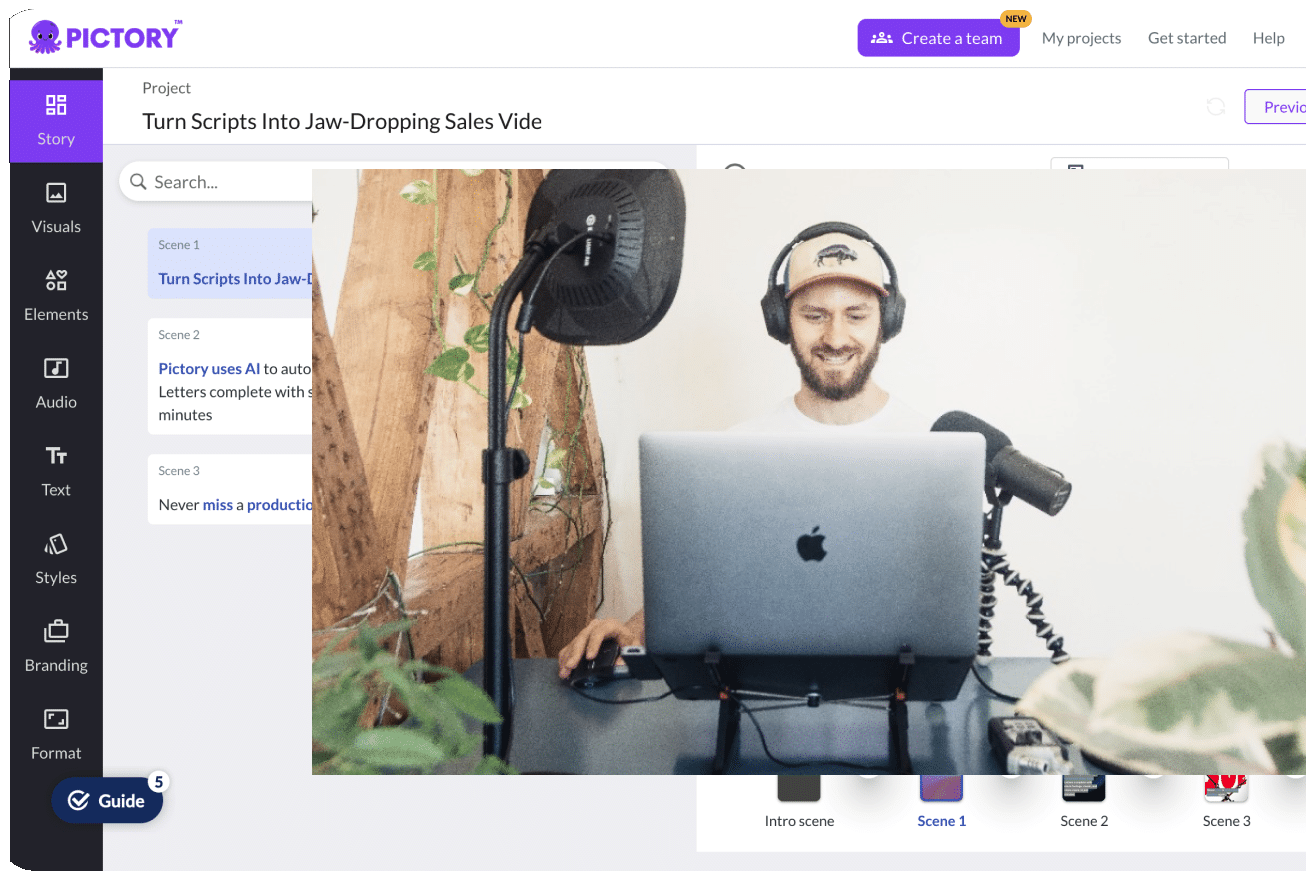Imagine the limitless possibilities of virtual reality (VR) in transforming your business.
From immersive marketing campaigns to advanced employee training, the potential benefits of VR adoption are enormous.
Let’s explore how businesses can harness the power of VR to drive growth, improve efficiency, and stay ahead of the competition.
Short Summary
VR technology offers businesses the opportunity to gain growth and success through innovative solutions, immersive experiences, and marketing campaigns.
Implementing VR can provide numerous benefits including improved customer engagement, enhanced productivity, cost-effective solutions, and more.
Businesses should stay up to date with advancements in the field while prioritizing user comfort & safety for successful adoption of VR technology.
Embracing Virtual Reality for Business Growth
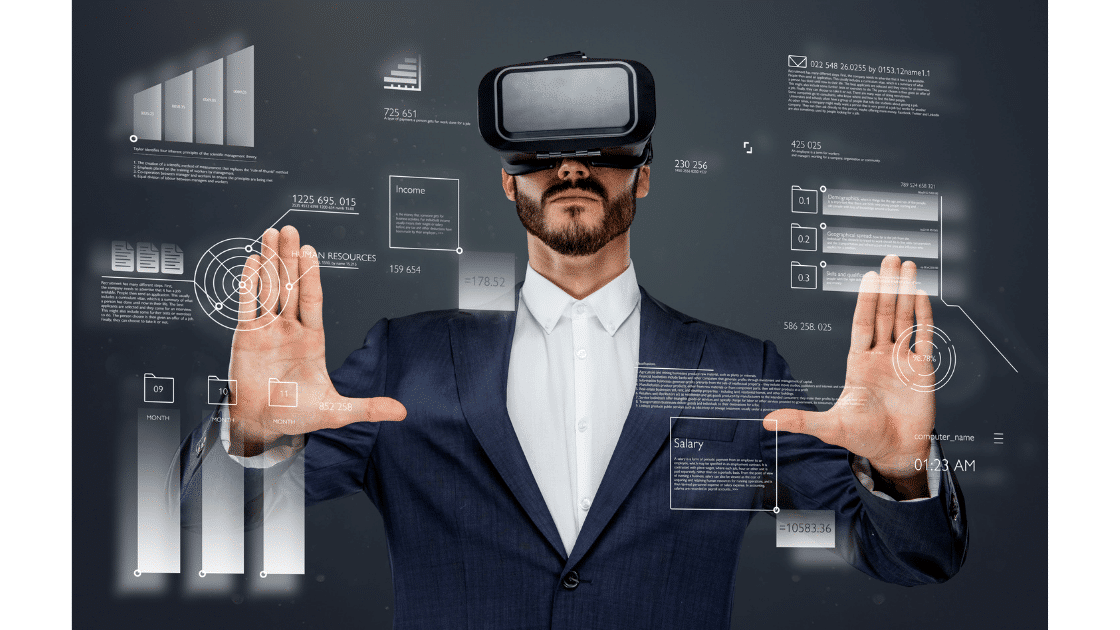
Virtual worlds have come a long way since their inception, and today, they offer a plethora of opportunities for businesses to explore.
Taking advantage of VR technology can lead to significant business growth and success by offering immersive experiences and innovative solutions.
In fact, VR marketing has immense potential to develop and become an integral part of the marketing landscape, offering numerous benefits to businesses.
To remain competitive in today’s rapidly changing technological landscape, businesses must embrace VR and capitalize on the incredible potential it offers.
From creating immersive marketing campaigns to providing valuable insights through employee training, VR technology has the potential to revolutionize the way businesses connect with their customers and employees.
The rise of the virtual reality market

The virtual reality market is experiencing rapid growth, with global VR revenues estimated at just under $12 billion in 2022.
With millions of people already utilizing the technology, the number of VR users is expected to expand substantially by 2020.
This incredible growth can be attributed to various revenue streams.
These include advertising, e-commerce, and hardware sales, which are all making significant contributions to the VR industry.
As the virtual reality market continues to expand, businesses that invest in VR technology now can benefit from this booming industry and capture the attention of potential customers.
Benefits of incorporating VR in businesses
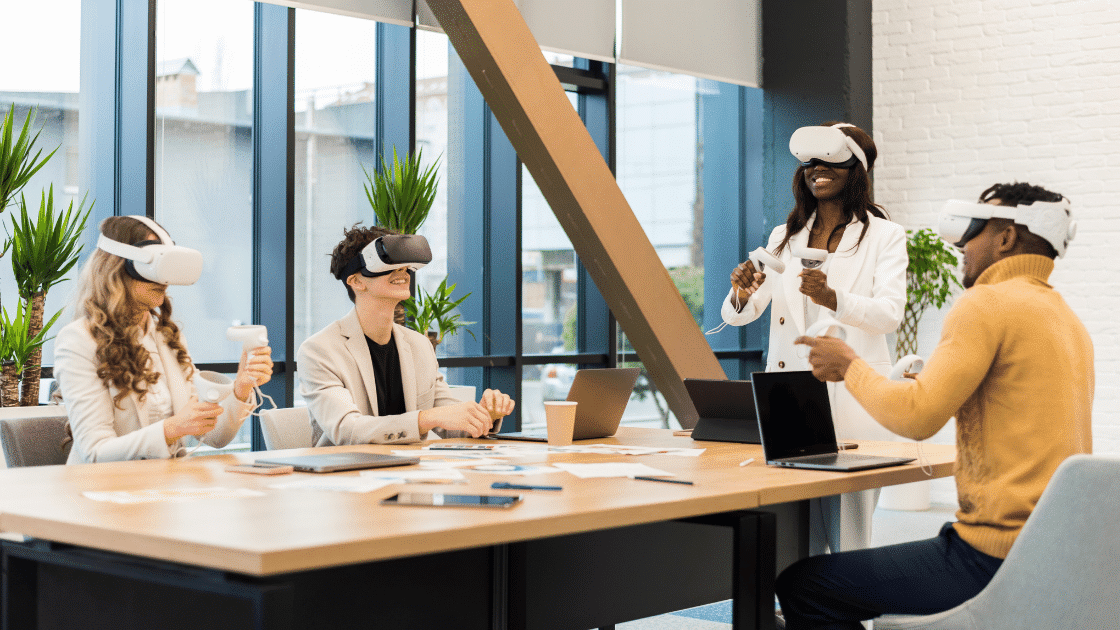
Incorporating VR in businesses can lead to increased customer engagement, improved employee training, and enhanced productivity.
The potential applications of VR in the business sector are practically limitless.
These range from product design and prototyping to safety training and complex data analysis.
Immersive rooms and VR CAVEs are spaces where the distinction between the virtual and the real is diminished, offering a plethora of business opportunities for various industries.
These environments can provide a heightened and lifelike experience for VR users, leading to better outcomes in both marketing and training initiatives.
Moreover, the use of VR in businesses is often a cost-effective solution.
By leveraging virtual environments, companies can save money on travel and conference expenses.
This can also reduce the costs associated with traditional employee training methods.
Virtual Reality in Video Marketing
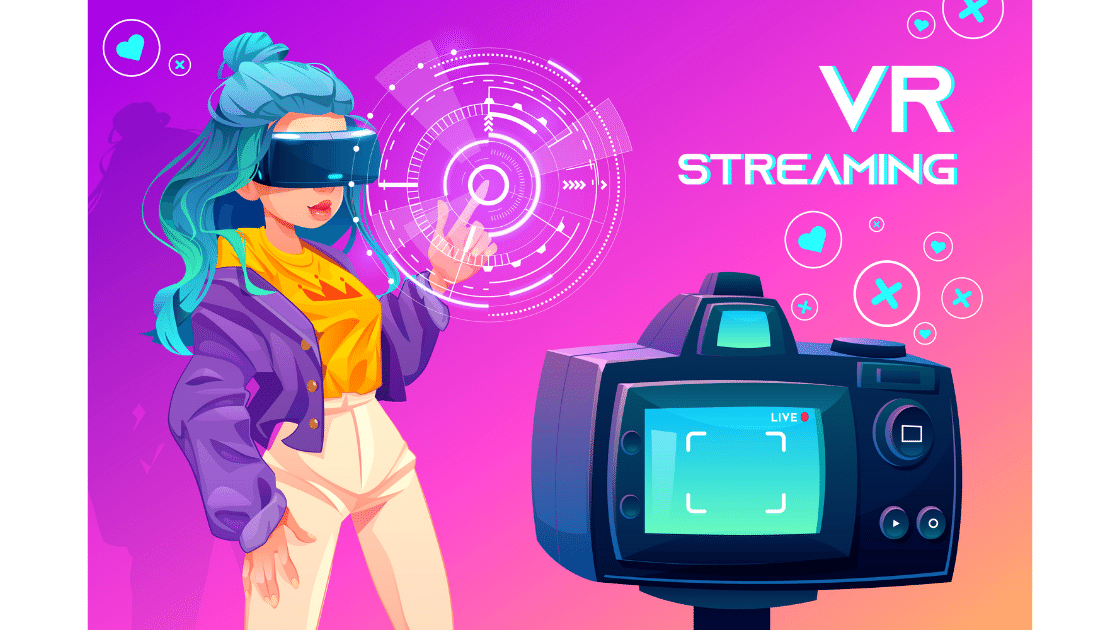
Virtual Reality in video marketing enables immersive campaigns and facilitates e-commerce sales through virtual product testing.
By creating engaging and interactive VR content, businesses can increase brand awareness and drive sales in ways that traditional marketing methods simply cannot achieve.
As an example, the success of Pokémon Go demonstrated the potential of augmented reality marketing to drive foot traffic and promote local businesses to those actively searching for Pokémon.
This illustrates how innovative VR marketing campaigns can create memorable experiences for users and have a big impact on businesses.
Creating immersive marketing campaigns
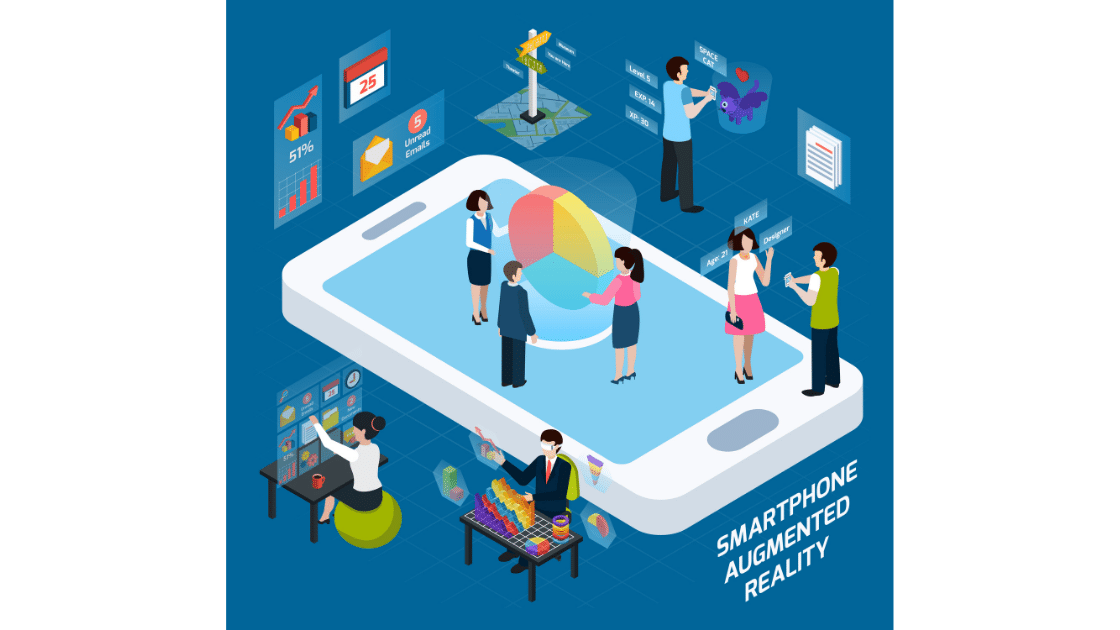
Immersive marketing campaigns using VR can facilitate higher emotional engagement and stronger brand connections.
By allowing customers to experience products and services in a virtual environment, businesses can create a more memorable and impactful marketing campaign that resonates with their audience.
In addition to increased emotional engagement, immersive marketing campaigns can also provide valuable insights into customer behavior and preferences.
By analyzing user interactions within the virtual world, companies can gain a deeper understanding of their target audience.
This allows them to optimize their marketing strategies and better cater to the needs of their customers.
For more on immersive customer experiences, read Building A Community: How To Engage With Your Users Online.
Boosting e-commerce sales with VR
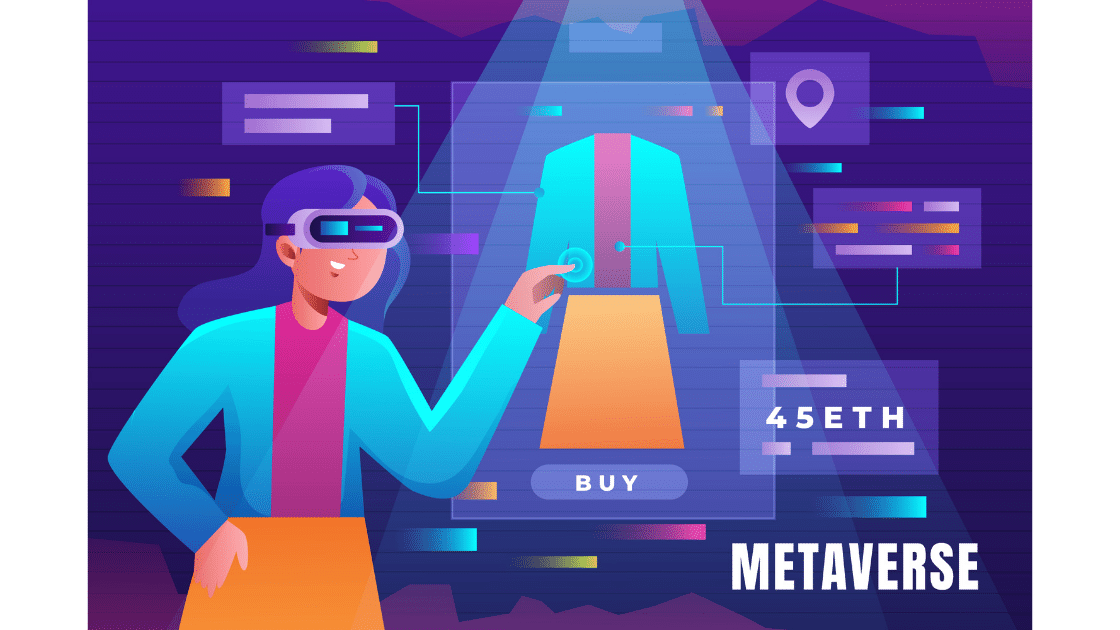
Boosting e-commerce sales with virtual reality allows customers to virtually test products, leading to increased customer satisfaction and sales.
By providing users with the opportunity to explore products in a simulated environment, customers can gain a more comprehensive understanding of the product before committing to a purchase.
This improved customer satisfaction can, in turn, lead to augmented sales, as customers are more likely to buy a product if they have a more thorough understanding of it.
By leveraging VR technology in e-commerce, businesses can enhance customer experiences, creating a more engaging and interactive shopping experience, and ultimately driving sales and customer loyalty.
Virtual Reality for Employee Training

Virtual Reality for employee training can improve soft skills development and knowledge retention, leading to a more skilled workforce.
Research has demonstrated that virtual reality training boosts knowledge retention by 75% and cuts training time by 40%.
By providing employees with an immersive and engaging learning environment, businesses can optimize their training programs for maximum effectiveness.
In addition to improving soft skills development, VR training also offers a safe and controlled environment for employees to practice tasks and procedures.
This can be particularly valuable in industries such as healthcare, automotive, logistics, and safety, where hands-on experience is crucial for building competence and confidence.
VR training for soft skills development
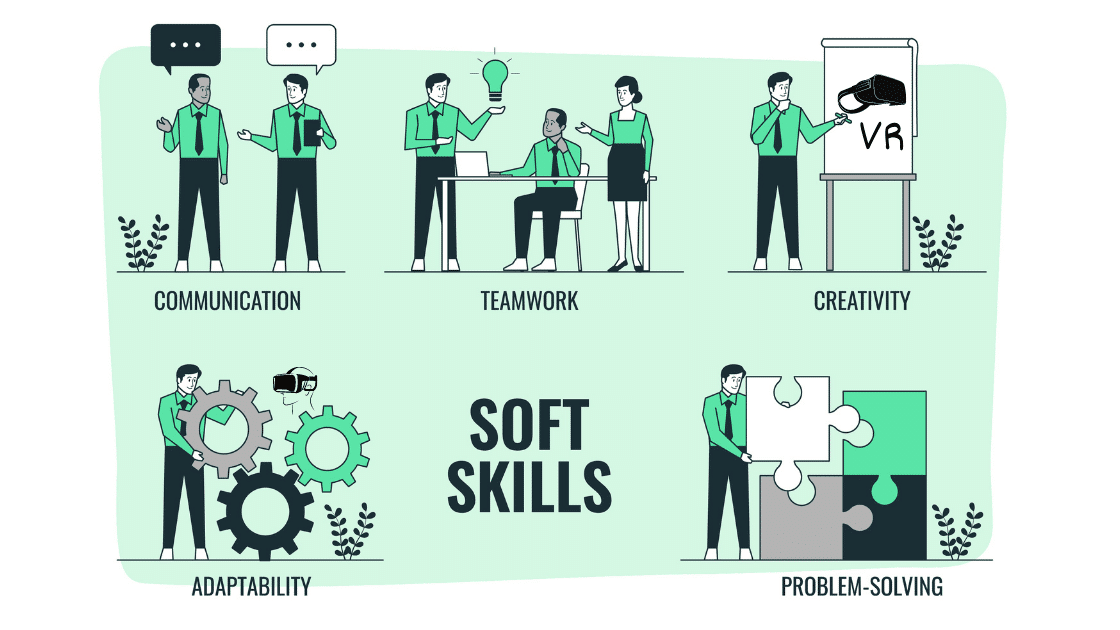
VR training for soft skills development provides a more engaging and human-centered learning experience.
By offering immersive and interactive simulations, VR can help employees develop essential soft skills, such as communication, teamwork, and problem-solving, in a more realistic and impactful way.
Moreover, learners trained with VR demonstrated up to 275% higher confidence to act on what they learned after training, compared to classroom and e-learning training.
This increased confidence translates to a greater capacity to apply the knowledge acquired in the workplace, ultimately leading to a more capable and proficient workforce.
Enhancing knowledge retention with VR

Enhancing knowledge retention with VR can lead to better-trained employees and increased productivity.
VR can improve knowledge retention by offering a more stimulating and interactive educational experience, allowing employees to comprehend intricate ideas and tasks more effectively.
Furthermore, the use of VR for employee training can reduce the time and cost associated with traditional learning methods.
By providing employees with an immersive learning environment that fosters engagement and interaction, businesses can optimize their training programs to achieve better outcomes and increased efficiency.
Implementing Virtual Reality in Your Business
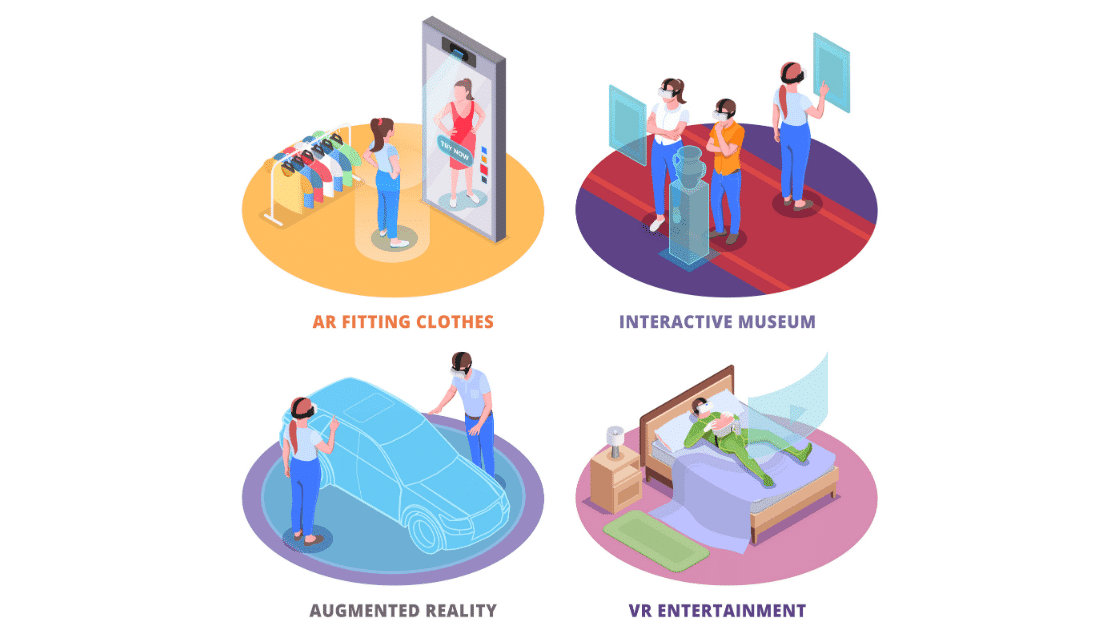
Implementing VR in your business requires careful consideration of various factors, such as choosing the right headset and suitable software to ensure a seamless experience.
By taking the time to research and evaluate the available options, businesses can successfully integrate VR technology into their operations and unlock its full potential.
It’s essential to stay up-to-date with the latest advancements in VR technology and be prepared to troubleshoot any issues that may arise during implementation.
By staying informed and adapting to the ever-evolving VR landscape, businesses can position themselves for success and maximize the benefits of VR adoption.
Choosing the right VR headset

Choosing the right VR headset depends on factors such as comfort, compatibility, and budget.
When selecting a headset, it’s important to consider the weight and size of the device, as well as the type of head strap utilized to ensure the most comfortable experience for users.
Additionally, businesses must take into account the compatibility of the headset with their existing systems and any additional hardware or software requirements.
By carefully evaluating these factors, businesses can ensure that they select the most suitable headset for their specific use case, providing an optimal VR experience for their employees and customers.
Selecting suitable VR software

Selecting suitable VR software is crucial for ensuring compatibility and smooth operation for your specific use case.
To accurately assess the compatibility of the software with your current hardware and systems, it is recommended to evaluate the system requirements of the software and confirm that your hardware and systems meet those criteria.
Furthermore, it’s essential to test the software with a trial or demo version before making a final decision.
By taking the time to research and evaluate various software options, businesses can ensure that they select the most suitable VR software, setting the stage for a successful VR implementation.
Case Studies: Successful VR Applications in Businesses
Case studies showcase successful VR applications in businesses, demonstrating the potential benefits of VR adoption.
From VR training solutions implemented across various industries and business sectors to companies of all sizes leveraging VR as part of their operations, these examples highlight the incredible potential of VR technology.
Leading companies, such as Coca-Cola and Walmart, have successfully utilized Oculus for Business to revolutionize learning and development, collaboration, and employee engagement.
By examining these case studies, businesses can gain valuable insights into the potential advantages of VR adoption and identify best practices for their own VR initiatives.
Example 1: Coca-Cola’s Interactive 3D Store

Coca-Cola’s Interactive 3D Store is an example of a successful VR marketing campaign that increased customer engagement and brand awareness.
This digital representation of a physical store allowed users to explore and interact with the brand’s products and experiences in a virtual environment.
By offering customers the opportunity to immerse themselves in the virtual world of Coca-Cola, they created a memorable and impactful marketing campaign.
Furthermore, the success of this campaign highlights the advantages of leveraging VR for marketing and training, such as increased customer engagement and brand awareness.
Example 2: Walmart’s VR Employee Training

Walmart’s VR Employee Training demonstrates the effectiveness of VR in improving employee skills and knowledge retention.
By utilizing virtual reality to facilitate the training of employees on a variety of skills and tasks, Walmart was able to create a more engaging and immersive learning experience for its workforce.
This VR training program resulted in improved employee skills, increased knowledge retention, and a more captivating and immersive learning experience.
The success of Walmart’s VR Employee Training gives valuable insights into the potential advantages of incorporating VR into employee training programs.
Overcoming Challenges in VR Adoption
Overcoming challenges in VR adoption involves addressing technical difficulties and ensuring user comfort and safety.
Businesses can successfully navigate the challenges associated with VR implementation by staying up-to-date with technical issues and monitoring equipment.
Furthermore, it’s essential to prioritize user comfort and safety when adopting VR technology.
By providing explicit instructions, utilizing comfortable virtual reality headsets, and allowing for breaks during extended sessions, businesses can ensure that they create a safe and enjoyable experience for their users.
Addressing technical difficulties

Addressing technical difficulties requires staying up-to-date with VR technology advancements and troubleshooting issues as they arise.
Monitoring the performance of VR equipment enables businesses to quickly resolve any technical issues that may impact the user experience.
Additionally, it’s crucial for businesses to establish clear business objectives early on and engage employees in the adoption process to ensure a smooth transition to VR technology.
By taking these steps, businesses can minimize technical difficulties and maximize the benefits of VR adoption.
Ensuring user comfort and safety
Ensuring user comfort and safety involves considering factors such as headset design, user experience, and potential health risks, including mental health.
By prioritizing the use of human-centric wearables and designing VR experiences with user comfort in mind, businesses can create a more enjoyable and safe experience for their employees and customers.
Moreover, it’s essential to provide clear instructions and guidelines for users to minimize the risk of motion sickness or other potential health risks associated with VR use.
By taking these precautions, businesses can ensure that they create a safe and comfortable environment for their users.
This will ultimately lead to a more successful VR implementation.
Summary
In conclusion, the potential of virtual reality for businesses is vast, offering incredible opportunities for growth, efficiency, and innovation.
From immersive marketing campaigns to advanced employee training, businesses that embrace VR technology can position themselves for success in today’s competitive landscape.
As the virtual reality market continues to expand, businesses that invest in VR technology now can capitalize on it’s potential.
By addressing the challenges associated with VR adoption and ensuring user comfort and safety, businesses can unlock the full potential of VR and revolutionize their operations.
Frequently Asked Questions
What is the benefit of VR in business training?
Virtual Reality (VR) training is an engaging and immersive learning experience that accelerates the onboarding process.
It increases knowledge retention and improves skill development.
VR training provides a unique opportunity to learn in a safe and controlled environment, without the risk of making costly mistakes.
It also allows employees to practice and hone their skills in a realistic setting.
This can help them become more confident and competent in real-world settings.
How can virtual reality help with marketing?
Virtual Reality can help marketers bridge the gap between experience and action by offering a digital experience in place of a physical one.
Additionally, VR can be used to promote existing products as well as showcase development projects.
What are the benefits of using VR for employee training?
VR training can help employees hone their soft skills and improve knowledge retention, resulting in a more competent workforce.
By using VR training, employees can gain a better understanding of the material they are learning, as well as develop their communication and problem-solving skills.
This can lead to increased productivity.
What factors should businesses consider when selecting a VR headset?
Businesses should take into account factors such as budget, comfort, and compatibility when selecting a VR headset.
These factors should be carefully weighed to ensure that the headset chosen is the best fit for the business’s needs.
For example, if budget is a major concern, then a more extensive budget is needed.
How can businesses overcome challenges in VR adoption?
Businesses can overcome VR adoption challenges by addressing technical difficulties, ensuring user comfort, and keeping up-to-date with technology advancements.
By addressing technical difficulties, businesses can ensure that their VR systems are reliable and easy to use.
This can include troubleshooting hardware and software issues, as well as providing user support.
User comfort is also important.
Whilst we don’t offer VR capabilities just yet, Pictory absolutely can help with your business’s video marketing strategy.
With easy-to-use editing software and AI tools that can transform your text into professional video in minutes, video marketing has never been easier.
Sign up for a FREE trial of Pictory here, and explore what we can do for your business.

